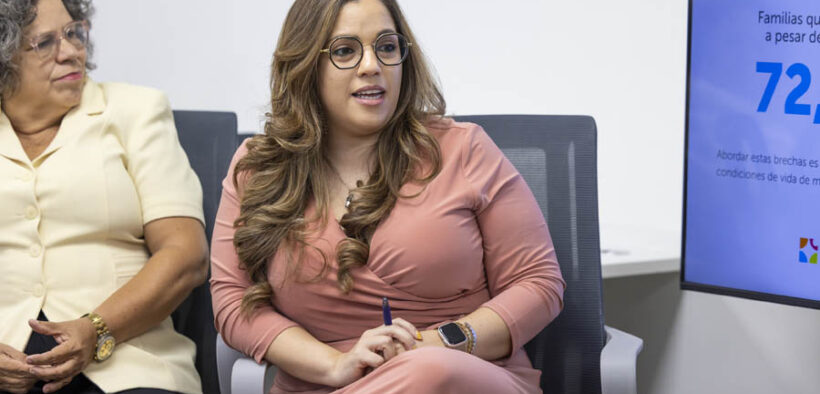72K working families in Puerto Rico remain in poverty, IDJ data shows

More than 72,000 working families with children in Puerto Rico live in poverty despite being employed, according to data released by the Youth Development Institute during Data Week 2025.
The organization, known by its Spanish acronym IDJ, said the findings underscore the urgent need for policies that support low-income working families and promote long-term economic mobility.
“These data show the need to place families at the center of our policy decisions,” said María Enchautegui-Román, director of research and chief knowledge officer at the IDJ. “Advancing families and their children should be the benchmark by which we measure progress.”
According to the group, the median income for Puerto Rican families with children is $26,360 — nearly $40,000 less than the median in New Mexico, the U.S. jurisdiction with the lowest household income. The gap contributes to a poverty rate of 36% among working families with children.
Single-parent households face the most severe challenges. Among children living with employed female heads of household, 72% live below the poverty line, with median earnings in those households at just $14,495.
“In Puerto Rico, thousands of heads of household wake up every day to work and still live in poverty,” said Sarah Vázquez-Pérez, interim executive director of the IDJ. “The evidence is clear: People are working, and those who are not want to — but real barriers stand in the way, not a lack of will.”
The report also found that 45% of children live in homes where parents lack secure or stable employment — a figure that has not improved over the past decade. While the percentage of children living with unemployed parents fell from 55% in 2013 to 45% in 2023, IDJ said the change has not translated into economic security for most families.
Food insecurity remains a persistent concern. Nearly six in 10 households said food did not last and there was no money to buy more. Of those receiving benefits through the Nutrition Assistance Program (PAN), 59% include at least one working adult, yet those households report a median income of only $14,202. The report also noted that 19% of families below the poverty line are not enrolled in PAN at all.
“A decade’s difference shows that more families with children are entering the workforce, but those jobs are not enough to improve their economic reality,” said Vallerie Blakely-Vallecillo, a research analyst at the IDJ. “That’s why we’re seeing an increase in children living in working families with low incomes.”
The group also reported that Puerto Rico’s overall Child and Youth Wellbeing Index remains at a D rating, placing the island 20th among U.S. jurisdictions, including the District of Columbia.
In response, the IDJ released a policy platform titled “Our Agenda: A Path Toward Good Jobs,” which includes 16 recommendations. The proposals focus on creating quality employment, removing barriers such as inadequate child care and transportation, expanding workforce training, and strengthening wage and tax support for low-income families.










